We have much more to do and your continued support is needed now more than ever.
Are Cover Crops an Underground Climate Change Solution?
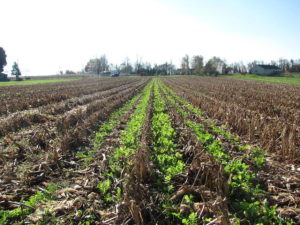
So what are cover crops, exactly?
Cover cropping is the practice of planting a second, unharvested crop in coordination with the cash crop to prevent erosion and nutrient loss. Farmers grow cover crops in a variety of ways, including growing them year round as a living mulch, planting after harvest or intercropping by growing the cover between rows of the cash crop.
The benefits of cover crops are becoming more and more familiar among farmers and the rest of the agriculture community. Cover crops do all these great things:
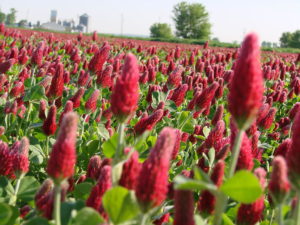
- Cut fertilizer costs
- Reduce the need for herbicides and other pesticides
- Improve yields by enhancing soil health
- Prevent soil erosion
- Conserve soil moisture
- Protect water quality
But cover crops also have hidden climate benefits! Who knew?
Cover crops increase soil organic matter, including soil organic carbon. Simply put, cover crops make soil healthy and healthy soil sucks up carbon like a sponge – aka sequestering. When carbon is trapped in the soil, its power is used for good and not evil.
Agriculture is responsible for 10 percent of greenhouse gases overall, so any offset would be welcome. We don’t need to keep our heads in the sand about climate change when we can find solutions in the soil.











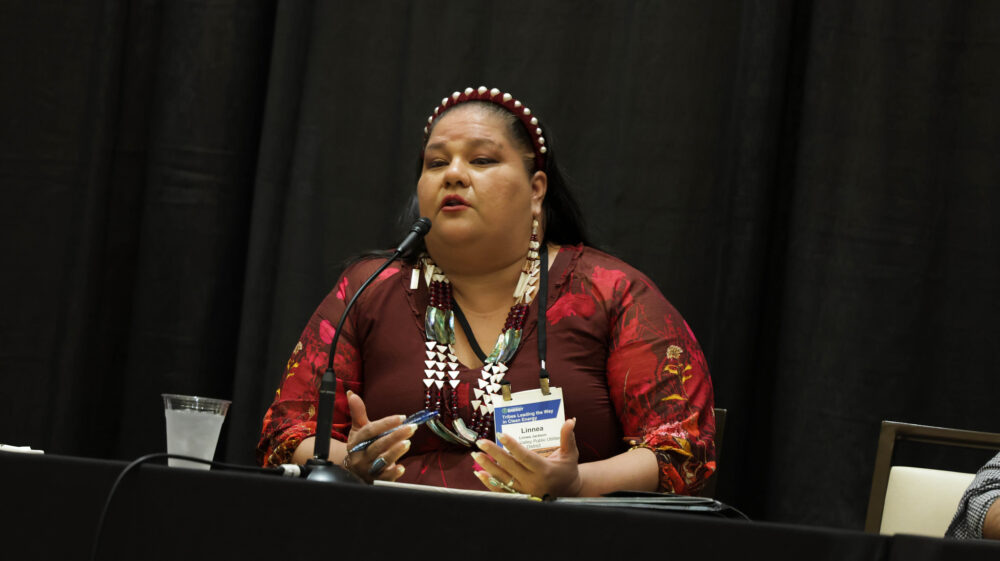
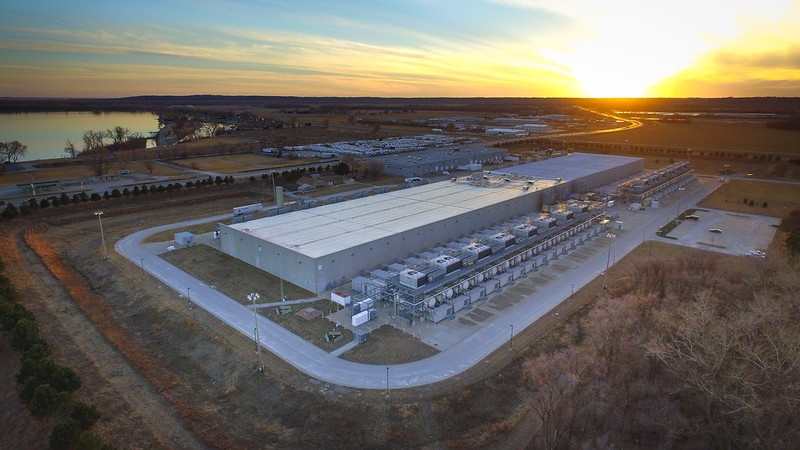


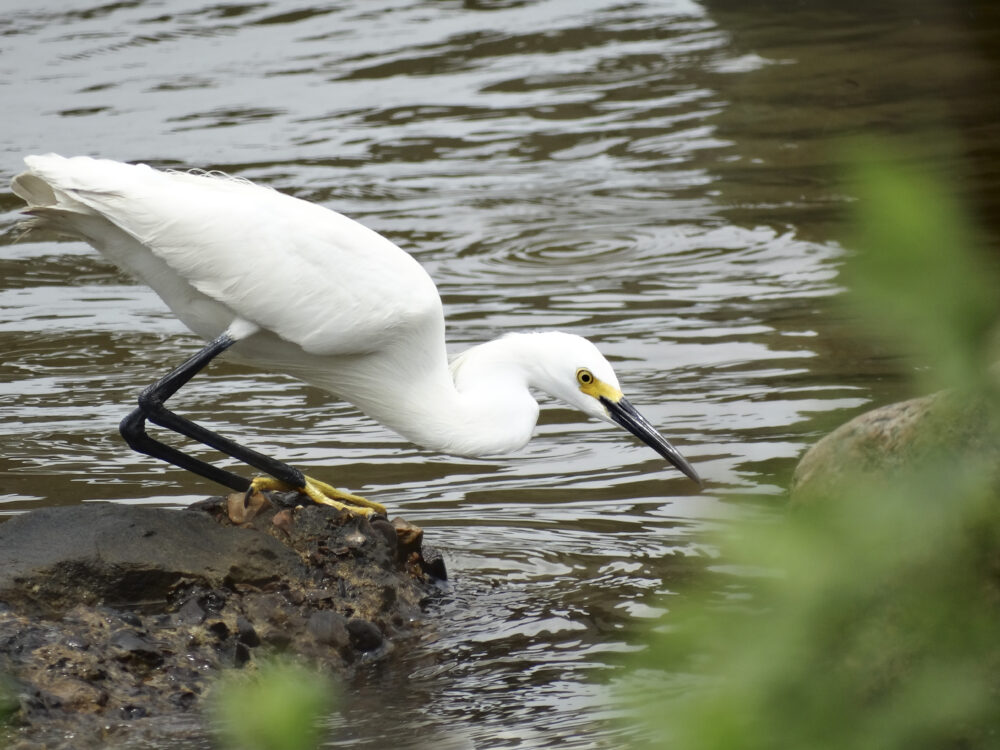
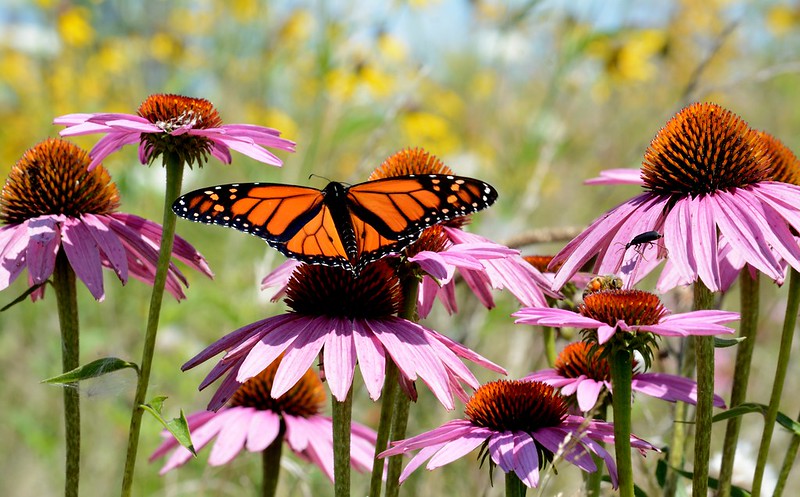




Building Momentum: What’s Next for Beaver Conservation in Colorado